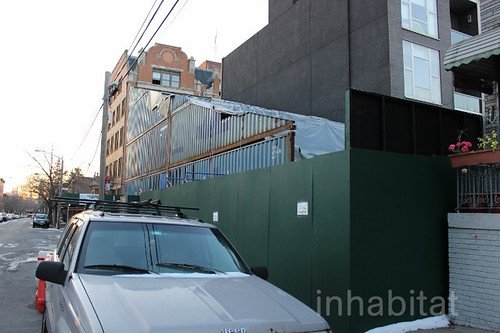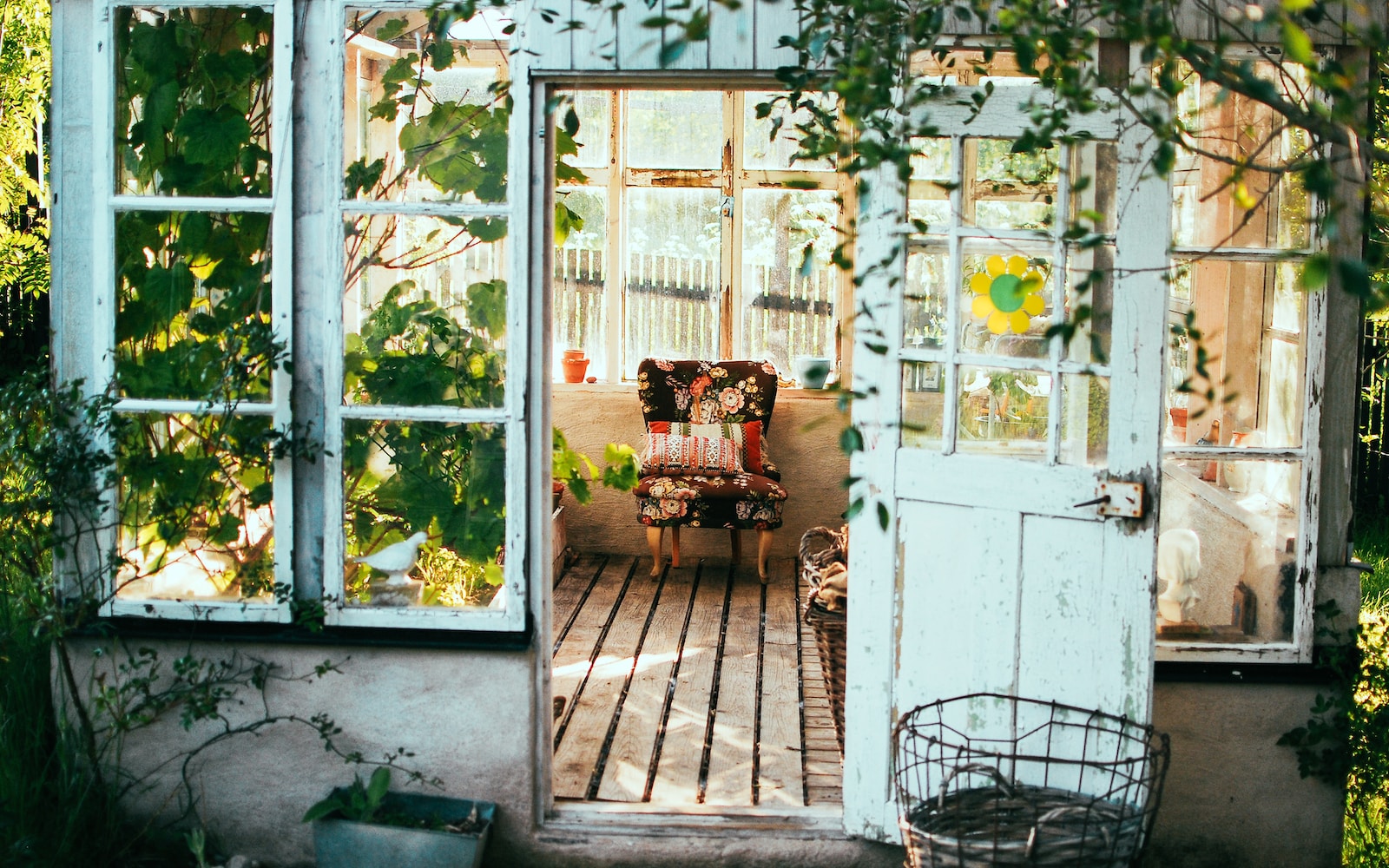Hello there, fellow container home enthusiasts! I’m Emily Owens, and for the past four years, I’ve been on a journey through the fascinating world of container homes. From quirky urban dwellings to stunning rural retreats, I’ve seen it all. Today, I’m excited to share with you some essential steps to prepare your site for a container home. But be warned, it’s not just about plopping a container down and calling it home sweet home. Let’s dive in!
Know Your Local Regulations
Before you start dreaming about your container home, it’s crucial to understand your local zoning and building regulations. Regulations can vary widely from place to place. Some areas may welcome container homes with open arms, while others may have strict guidelines or even prohibit them altogether. Ignoring these regulations can lead to costly fines or even demolition orders – not exactly the housewarming party you were hoping for!
For instance, in some urban areas, container homes might be considered an innovative and sustainable housing solution, while in more rural areas, they may face resistance due to concerns about aesthetics or property values. Always check with your local authorities to determine what’s allowed and what’s not.
Choose the Perfect Location

Container homes offer a unique opportunity to design a dwelling that fits your lifestyle and aesthetics. When selecting a site, consider factors like proximity to work, schools, and amenities. Also, think about the natural surroundings – do you want to wake up to cityscape views or the tranquility of a forest?
Take into account factors like soil quality, drainage, and accessibility. The last thing you want is your container home sinking into soft soil or becoming inaccessible during the rainy season. Consulting with a local architect or engineer can help you make informed decisions about site selection.
Prepare the Foundation
Now, let’s talk about the foundation. Container homes need a solid footing, quite literally. There are three main foundation options to consider:
a) Concrete Slab Foundation: This is the most common choice and involves pouring a reinforced concrete slab where the containers will be placed. It offers excellent stability and is suitable for a wide range of soil types.
b) Pier Foundation: If your site has uneven terrain or poor soil conditions, a pier foundation might be your best bet. It involves using concrete piers or pilings to support the containers. It’s a bit more complex but offers stability in challenging conditions.
c) Basement/Foundation Walls: For those looking for added space or a more traditional home feel, consider adding a basement or foundation walls below your container home. This provides extra room and storage.
Choosing the right foundation type depends on your site’s conditions and your personal preferences.
Site Preparation and Grading
With the foundation sorted, it’s time to prepare the site. Site preparation involves clearing vegetation, leveling the ground, and ensuring proper drainage. Proper grading is essential to prevent water from pooling around your container home, which can lead to moisture issues and structural damage.
Consider the climate in your area. If you live in a region with heavy rainfall, you may need to implement additional drainage solutions like swales or French drains to keep water away from your home.
Utility Connections
Now, let’s get connected. Your container home will need access to essential utilities such as electricity, water, and sewage. Depending on your site’s location, you might need to connect to municipal services or consider off-grid alternatives.
a) Ensure that there’s a reliable power source nearby, and consult with an electrician to plan the electrical layout of your container home. Solar panels are also a popular choice for sustainable living.
b) Access to clean water is non-negotiable. You may need to drill a well, connect to a municipal water supply, or set up rainwater harvesting systems. Don’t forget about plumbing and sewage solutions, like septic tanks or composting toilets.
Consider Climate Control
Container homes can be cozy year-round, but they can also become ovens in the summer and iceboxes in the winter without proper climate control. Depending on your location, you may need to insulate your containers, install HVAC systems, or consider passive heating and cooling techniques.
Insulation is key to regulating temperature. You can use spray foam insulation, rigid foam boards, or even recycled denim insulation to keep your container home comfortable.
Budget Wisely
Container homes are often seen as a more affordable housing option, but costs can add up quickly. Make a comprehensive budget that includes not just the container purchase and site preparation but also permits, utilities, and any customizations you desire.
Consider creating a contingency fund for unexpected expenses. Remember, it’s better to be pleasantly surprised by staying under budget than to be stressed by going over it.
Prepare for Customizations

One of the joys of container homes is the ability to get creative with your space. Whether you want a minimalist, industrial feel or a cozy, rustic vibe, your container home can be tailored to your style.
Think about the layout, interior finishes, and any structural modifications you want to make. Some container homes feature stunning rooftop decks, expansive windows, or innovative storage solutions. Sketch out your ideas and work with a professional architect or designer to bring them to life.
Safety First
Last but certainly not least, safety should always be a top priority. Container homes, like any other dwelling, need to meet safety standards. This includes proper structural engineering to ensure stability, adequate insulation to prevent temperature extremes, and secure foundations to protect against earthquakes or flooding, depending on your location.
Hire qualified professionals for any work that involves structural integrity or safety measures. It’s better to invest in safety upfront than to deal with costly and potentially dangerous issues down the road.
In conclusion, preparing your site for a container home is a thrilling journey that requires careful planning and a dash of creativity. From navigating local regulations to selecting the perfect location and foundation, there’s a lot to consider. But with the right approach, your container home dream can become a reality, providing you with a unique and sustainable living space that reflects your personality and values. Happy container home building!





















Find Us on Socials